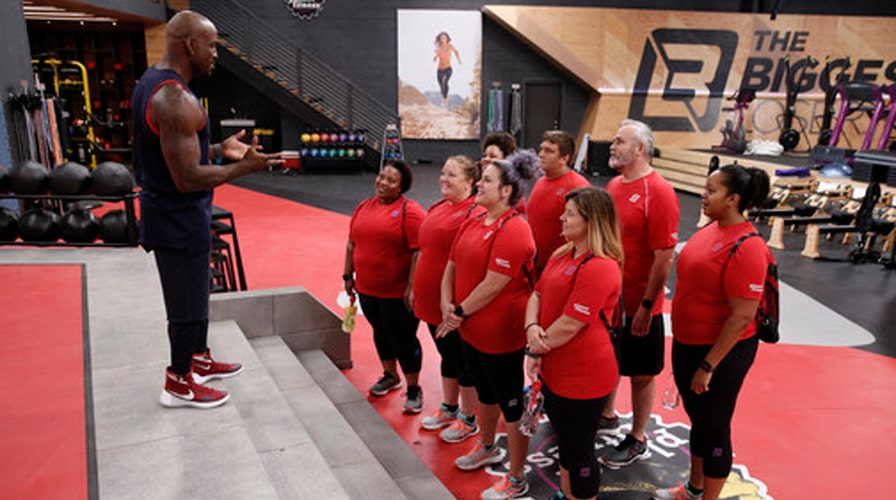The best and worst exercises for better heart health
‘The Biggest Loser’ trainer, Dolvett Quince, knows how to get anyone back in tip top shape. Now he’s challenging Americans to achieve better cardiovascular health with heart-pumping exercises and tips
NBC’s The Biggest Loser trainer, Dolvett Quince, knows how to get anyone back in tip top shape. Now, he’s teamed up with Mironova Labs to challenge Americans to achieve better heart health with the national campaign #DustTheRustOff.
About 26 million adults live with some type of heart disease, making it the leading cause of death in America. Most treatment options include lifestyle changes, medication and surgical procedures, but according to some experts, regular exercise is the best medicine for the condition.
“When you look at what exercise can do for someone who has heart disease, it can decrease blood pressure, it can decrease weight, it can decrease cholesterol and stabilize sugars and it actually can make the heart get back to health,” Dr. Suzanne Steinbaum, a preventive cardiologist and director of women and heart disease at Lenox Hill Hospital in New York, told FoxNews.com.
To help prevent heart disease and improve overall cardiovascular health, the American Heart Association recommends 150 minutes of exercise per week. But when it comes to cardiac patients, not all workouts are created equal.
"Any activity that is forcing you not to breathe easily is too much for your heart and is absolutely unnecessary," Steinbaum said. “The first step is to see where you’re at, know your cardiovascular fitness and increase slowly don’t push yourself too hard or too fast.”
Doctors also suggest avoiding regiments that involve extreme temperatures.
“Be careful about exercising outdoors when it is very cold or very warm and humid. Activities in these conditions can cause you to tire quickly and also can interfere with your circulation,” Dr. Kevin Campbell, a cardiologist at North Carolina Heart and Vascular, told FoxNews.com.
Long distance running on pavement may also be a poor choice for someone with a heart condition, Campbell said.
“When we do these activities over long periods of time, we release lots of adrenaline. This can actually promote a heart attack in susceptible individuals. Obviously if you are a highly trained athlete and are used to these activities it is OK to proceed, but only with your cardiologist’s approval,” Campbell said.
For cardiac patients, light aerobic exercises like walking, cycling and swimming are the best to start with, Dolvett said.
Try this low-impact walking sequence from Dolvett on a treadmill:
Start with an incline of 2.5 and a speed of 2.0. After warming up your body for 5 to 8 minutes, step off the treadmill to do ten squats. Complete another 5-minute increment at a 3 or 3.5 incline and do 10 more squats. Continue to raise your incline and add in squats for 30 minutes.
“Lower body is the biggest muscle groups in the body, everything from the legs, glutes to your calves. If you’re working on developing a strong heart, go lower to upper, use the biggest muscles because then your burning more, and your allowing the heart to work even better,” Dolvett said.
Weight training is another great way to improve your cardiovascular fitness. It not only builds muscle mass, which helps burn fat, but it also increases blood flow and decreases arterial stiffness, both key contributors to cardiovascular health.
“You don’t want to attack the heaviest of the heaviest weights because again it’s more explosive to your heart. Start with light weights and as you feel your body is getting stronger increase the weight by 5 pound increments, anything above that might be too much too soon,” Dolvett instructed.
During any exercise routine, cardiac patients should be aware of certain warning signs that could indicate a problem.
“If you’re exercising and you have symptoms of chest discomfort, not just shortness of breath, but real difficulty getting air in, stop. If you don’t recover quickly and it happens again, go see your doctor,” Steinbaum said.
If you have a heart condition, it is always important to speak with your doctor before starting a new exercise program.
For more of Dolvett’s heart-healthy tips visit DustTheRustOff.com.

